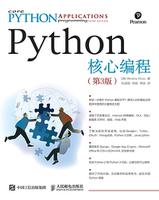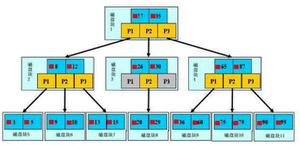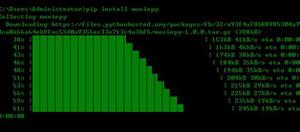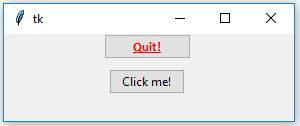Python-UnicodeDecodeError,无效的继续字节
为什么以下项目失败?为什么使用“ latin-1”编解码器成功?
o = "a test of \xe9 char" #I want this to remain a string as this is what I am receivingv = o.decode("utf-8")
结果是:
Traceback (most recent call last): File "<stdin>", line 1, in <module>
File "C:\Python27\lib\encodings\utf_8.py",
line 16, in decode
return codecs.utf_8_decode(input, errors, True) UnicodeDecodeError:
'utf8' codec can't decode byte 0xe9 in position 10: invalid continuation byte
回答:
在二进制文件中,0xE9看起来像1110 1001。如果你在Wikipedia上读到有关UTF-8的信息,你会看到,这样的字节必须后面跟两个格式10xx xxxx。因此,例如:
>>> b'\xe9\x80\x80'.decode('utf-8')u'\u9000'
但这仅仅是例外的机械原因。在这种情况下,你几乎可以肯定用拉丁文1编码了一个字符串。你可以看到UTF-8和拉丁文1看起来如何不同:
>>> u'\xe9'.encode('utf-8')b'\xc3\xa9'
>>> u'\xe9'.encode('latin-1')
b'\xe9'
(请注意,我在这里混合使用了Python 2和3表示形式。输入在任何版本的Python中均有效,但是你的Python解释器不太可能以这种方式同时显示unicode和字节字符串。)
以上是 Python-UnicodeDecodeError,无效的继续字节 的全部内容, 来源链接: utcz.com/qa/400023.html









